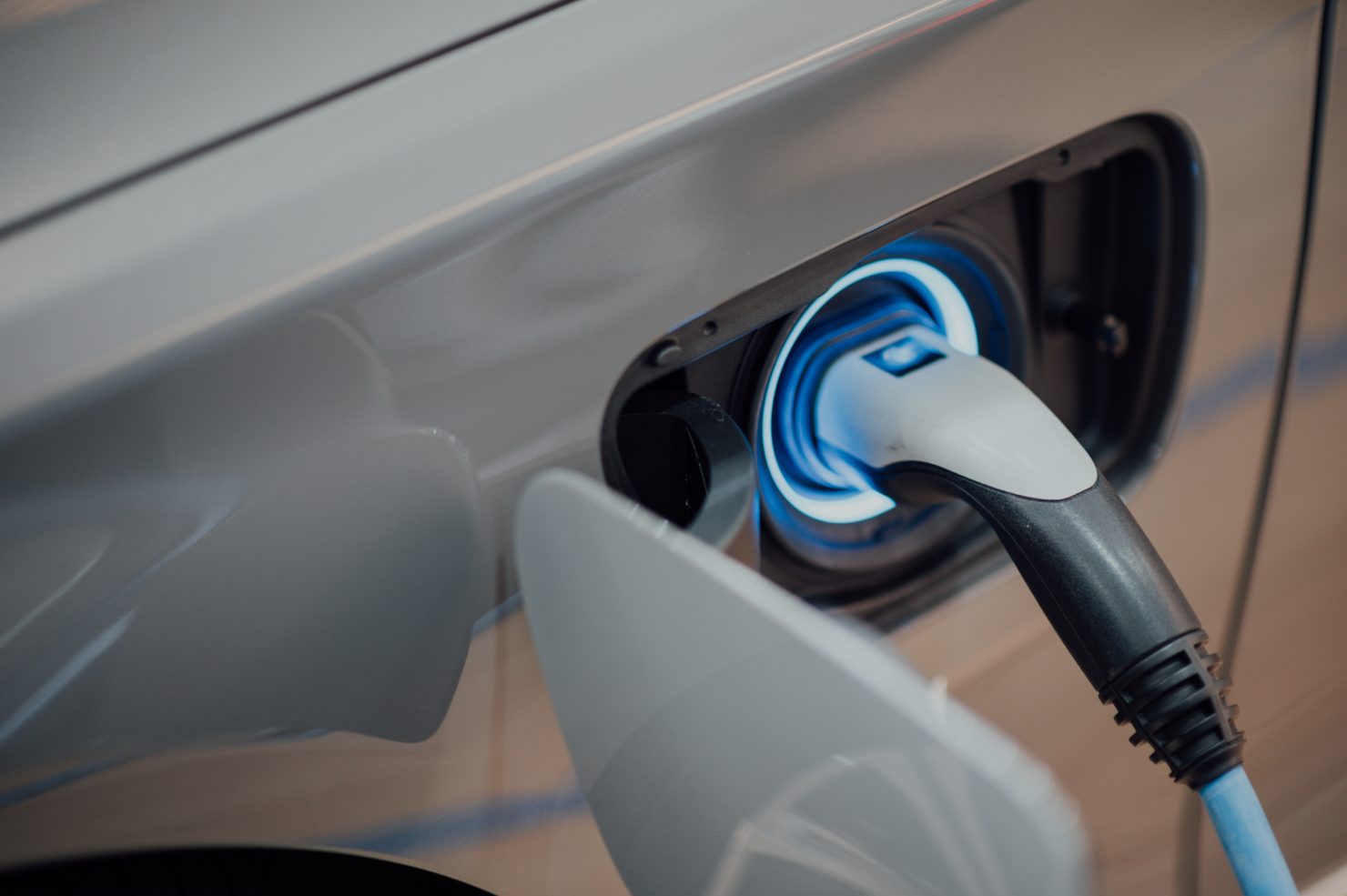5 sustainable technological innovations capable of changing the world

The world is moving at breakneck speed. And, with it, new technologies. From the steam engine to the latest artificial intelligence tools, humankind has not stopped evolving and broadening its horizons with progress, on many occasions, unimaginable until now. However, this progress is not sustainable if it does not respond to the major environmental challenges facing our society.
For this reason, we must move towards an unlimited society of the future that values the importance of reducing our carbon footprint through sustainable technological innovations, capable of changing the world as we understand it. This union of sustainability and innovation should not only help reduce the environmental impact of human activity and mitigate the impact of climate change, but also have the potential to improve people’s quality of life.
In this article, we shall explore five sustainable technological innovations that are transforming the way we live and address the environmental challenges of today’s world. From solar power to precision agriculture, these technologies are changing the way we produce and consume energy, food, and transport. They are also helping to create a more eco-friendly, greener future, allowing us to move towards a more sustainable and resilient world for future generations.
Examples of sustainable technologies
1. Solar energy
Solar energy has becom an increasingly accessible and cost-effective sustainable technology in recent years, making it an increasingly competitive energy with respect to conventional energy sources. In addition, solar energy is a renewable energy source that produces no greenhouse gas emissions during its operation.
Therefore, the use of solar energy helps to significantly reduce dependence on fossil fuels and thus reduce CO2 emissions, the main cause of global warming.
2. Energy storage batteries
Energy storage batteries are a sustainable technology that allows energy generated from renewable sources, such as solar and wind power, to be stored. This technology is essential to overcome one of the biggest challenges of renewable energy: its intermittency. Renewable energy sources are not always available in the quantities needed, which can limit their ability to meet energy demand at specific times.
This example of sustainable innovation can, therefore, improve the availability of renewable energy by storing energy during periods of peak generation, for use at times of high demand. This makes renewable energy more reliable and reduces dependence on fossil fuels. In addition, these batteries can also provide backup power in the event of power grid outages.
In fact, new types of iron batteries – recognized by the MIT Technology Review as one of the ten most innovative technologies of 2022 – could perfectly fulfill this task when it is more fully developed, as they are currently not massively and cheaply available.
3. Precision Agriculture
Precision agriculture is a sustainable technology that uses tools such as remote sensing, artificial intelligence, and robotics to optimize resource use and reduce the environmental impact of agriculture. It relies on data collection and analysis to enable farmers to make informed and efficient decisions on the use of water, fertilizers, and pesticides.
By reducing the amount of water and chemicals needed to produce food, precision agriculture can improve sustainability and reduce the cost of production. In addition, this technology can also help increase crop quality and reduce the amount of waste and emissions associated with agriculture. Jordi Gamir, distinguished researcher at the UJI, spoke about how to move towards sustainable and even eco-friendly agriculture at the II Meeting Connecting Entrepreneurs and Researchers.

4. E-mobility
E-mobility is a sustainable technology that is gaining ground around the world as a cleaner and more efficient alternative to fossil-fuel-powered transport. According to data from the Ministry for Ecological Transition and Demographic Challenge, the transport sector accounts for 25% of total greenhouse gas emissions in Spain and almost 40% of emissions from diffuse sectors. In addition, roads account for almost 95% of emissions.
That is why electric mobility must become a great ally to advance in the reduction of pollution. Compared to conventional vehicles, electric vehicles have zero emissions at the point of use. They can travel longer and longer distances with the same amount of energy and can be charged using renewable sources. By reducing emissions of greenhouse gases and other air pollutants, improving energy efficiency, and reducing dependence on fossil fuels, electric vehicles are key to sustainable innovation.
Of course, it is worth remembering, on the one hand, that electric vehicles are only as sustainable as the electrical system that charges them. For example, in Germany or Poland, where the main source of energy is coal, charging electric cars is very polluting, while in Sweden or France, with very low carbon energy costs, it is much more sustainable. On the other hand, when everyone has an electric car, a large peak in demand would be generated at times of low renewable energy generation, so progress must also be made in making that time of energy production as sustainable as possible.

5. Green Hydrogen
Last but not least, green hydrogen is gaining popularity among sustainable technologies, as one of its main advantages is that it can be used in a variety of applications, including electric power production, the chemical industry, and transport.
However, there are still some challenges that need to be overcome for green hydrogen to become a widely used technology. Green hydrogen production is still more expensive than hydrogen production from fossil fuels, limiting its adoption. In addition, significant investments in storage and transport infrastructure are needed for green hydrogen to become a viable alternative. Despite these challenges, green hydrogen has the potential to play an important role in the transition to a more sustainable economy.
The importance of sustainable innovation
Sustainability and innovation must go hand in hand to move towards a prosperous future. On the one hand, innovation is critical to developing new technological solutions that help address environmental and social challenges, while, on the other hand, sustainability is the ultimate goal that these solutions should pursue.
Innovation must play a key role in promoting sustainability by identifying new ways to use resources more efficiently, reducing the amount of waste, and developing cleaner and more efficient technologies, in short, sustainable technologies. All this with the aim of developing products and services that meet the needs of the market in a more sustainable way.
Fundación LAB is commited to innovation and sustainability
At Fundación LAB we believe that the Region of Valencia has the potential to position itself as a national and European benchmark in entrepreneurship, innovation, technology and research. And that is why the actions we implement are designed to activate these levers and demonstrate our capacity in these four lines of action.
Following the line of the union of sustainable development and technology, we organized our II Innovation Challenge with university students, in which we brought together students from the Universitat Jaume I with entrepreneurs from the Region of Valencia under the challenge of the circular economy.







